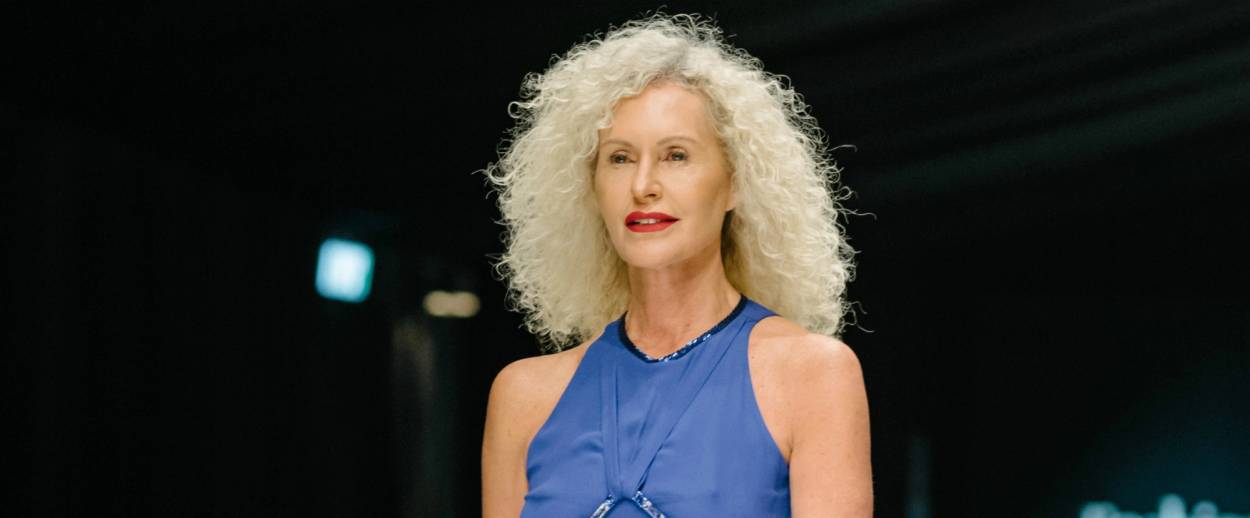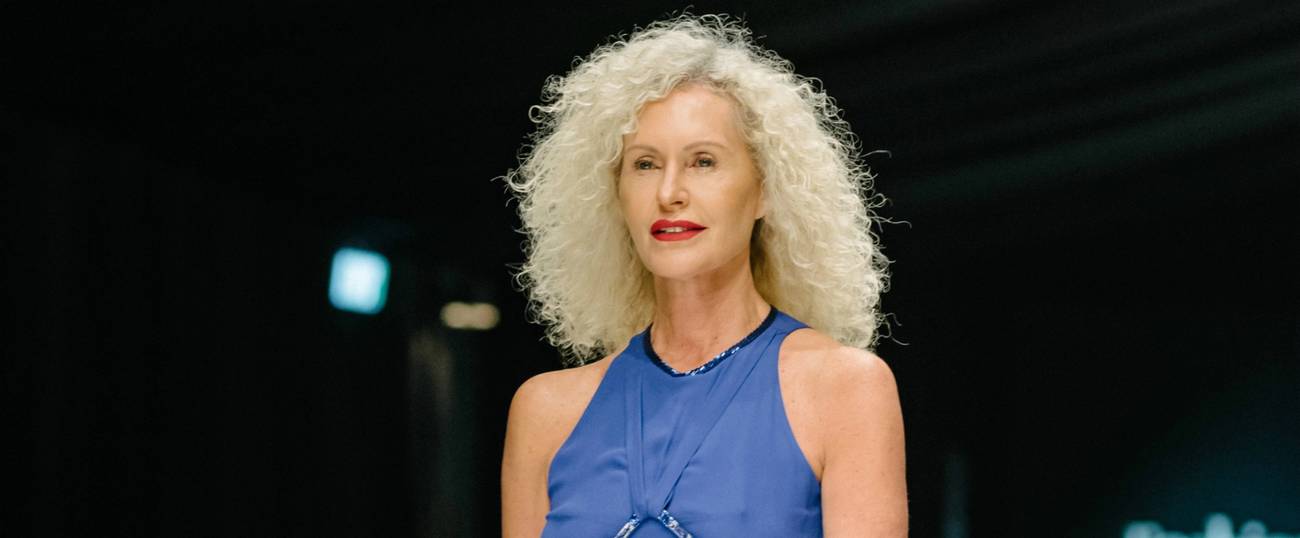Tel Aviv Fashion Week Breaks Rules by Featuring Older Models, Diverse Body Types
Take that, Paris




Let’s be clear: Tel Aviv Fashion Week may not have the elegant charm of its Parisian counterpart; it does not showcase historic brands like Milan does; and yes, it is not nearly as massive as New York Fashion Week. (But hey, New York always has to exaggerate).
But if anyone asks you: “How is Tel Aviv Fashion Week different from other fashion weeks?” I’ve got you covered with a different answer.
For its sixth edition, which took place in mid-March by the seashore of Tel Aviv, the producers of the event committed to displaying a more diverse selection of models walking the runway. Models of various sizes, ages, and colors presented the collections, detaching from the traditionally uniform beauty standards dictated by the Fashion Weeks of the West.
“For the first time in Israel and around the world,” wrote Motty Reif, the founder and producer of the event in a statement, “Fashion Week will introduce a different beauty standard.”
And so it did. No age restrictions applied to Gideon Oberson’s show, which featured models in their sixties, a taboo in the fashion industry. Also Lara Rosnovsky, who presented her new collection with jewelry from Magnolia, employed more mature models. Body shapes larger than a size zero confidently walked down the runway at Dror Kontento’s show, a slap in the face for many fashion giants that still persist in hiring the slimmest models.
Tel Aviv Fashion Week is an unpredictable event—it’s not always clear what time of the year it will occur and its name changes almost yearly according to the sponsor and venue. Such mess is what makes it most “Israeli.” But this year’s decision to raise awareness on diversity in fashion resulted in a victory for Reif and his team.
Israel was one of the first countries to pass legislation in 2012 banning underweight models from catwalks and advertising campaigns. Unlike similar laws passed in other countries (see: France), the Israeli bill specifies the minimum Body Mass Index that models should have to be able to work.
Here, then, are some highlights from Tel Aviv’s wonderfully diverse fashion week.
Simone Somekh is a New York-based author and journalist. He’s lived and worked in Italy, Israel, and the United States.
Simone Somekh is a New York-based author and journalist. He’s lived and worked in Italy, Israel, and the United States.